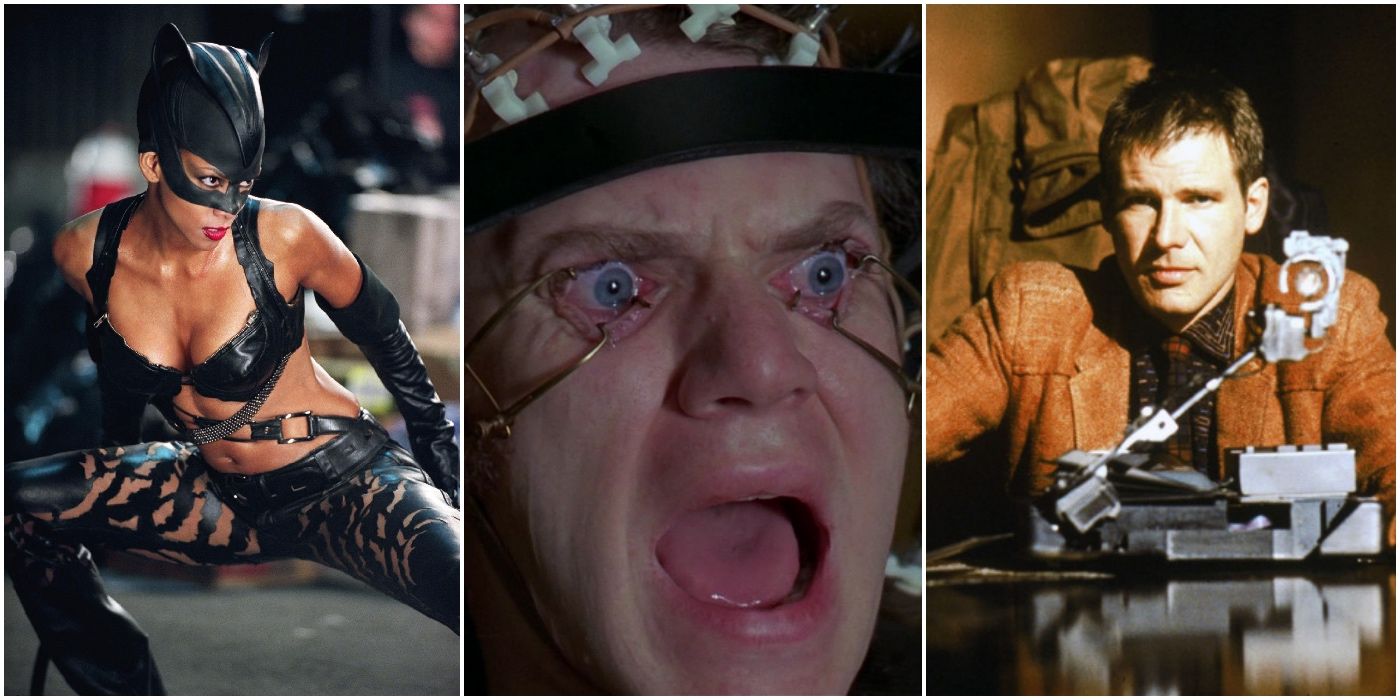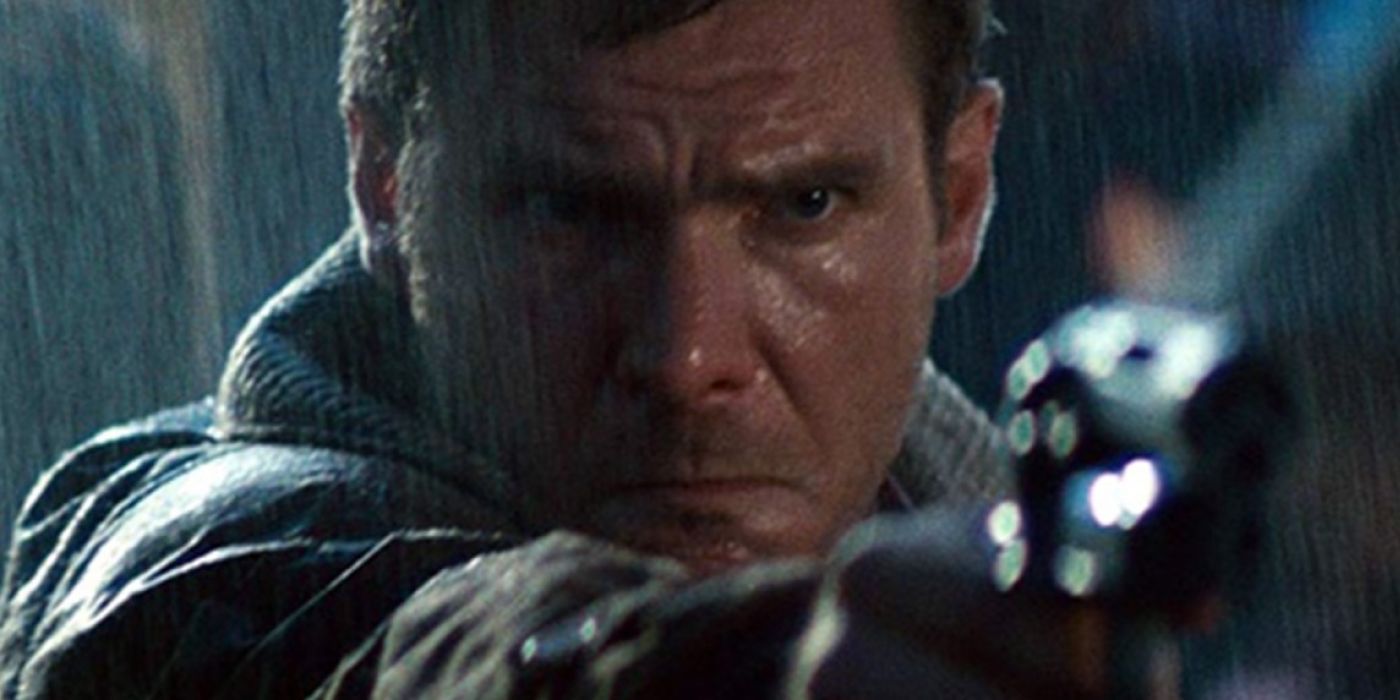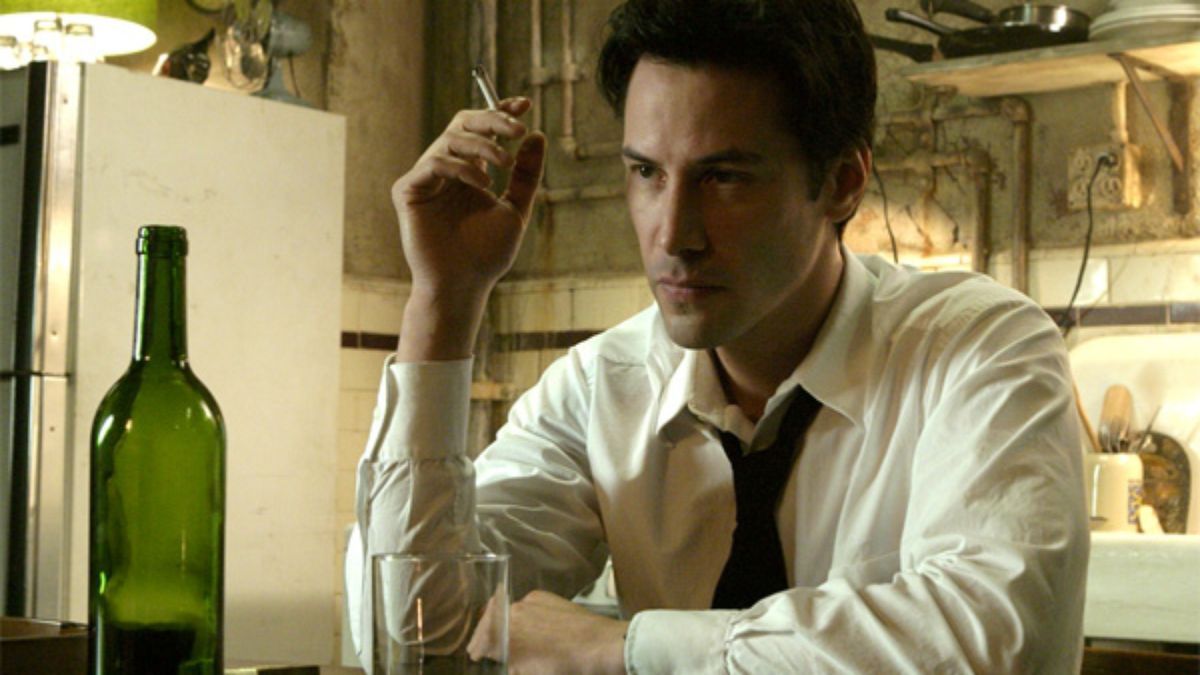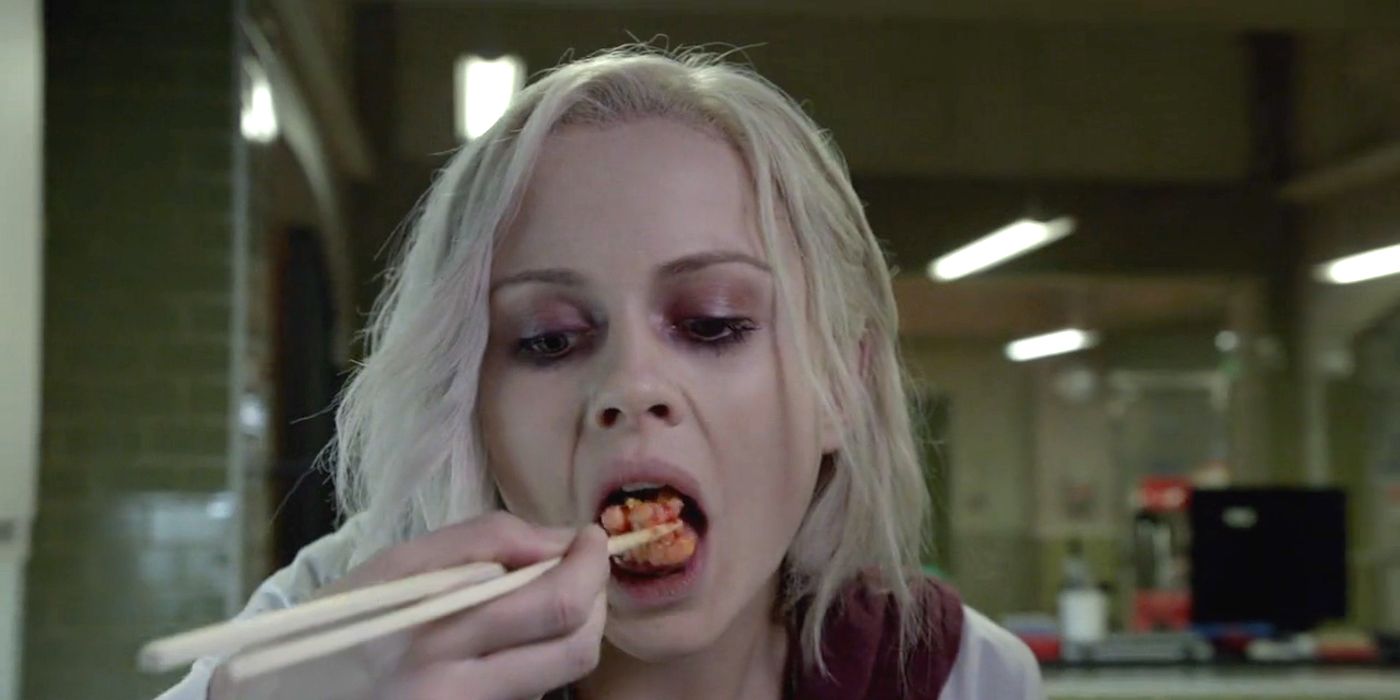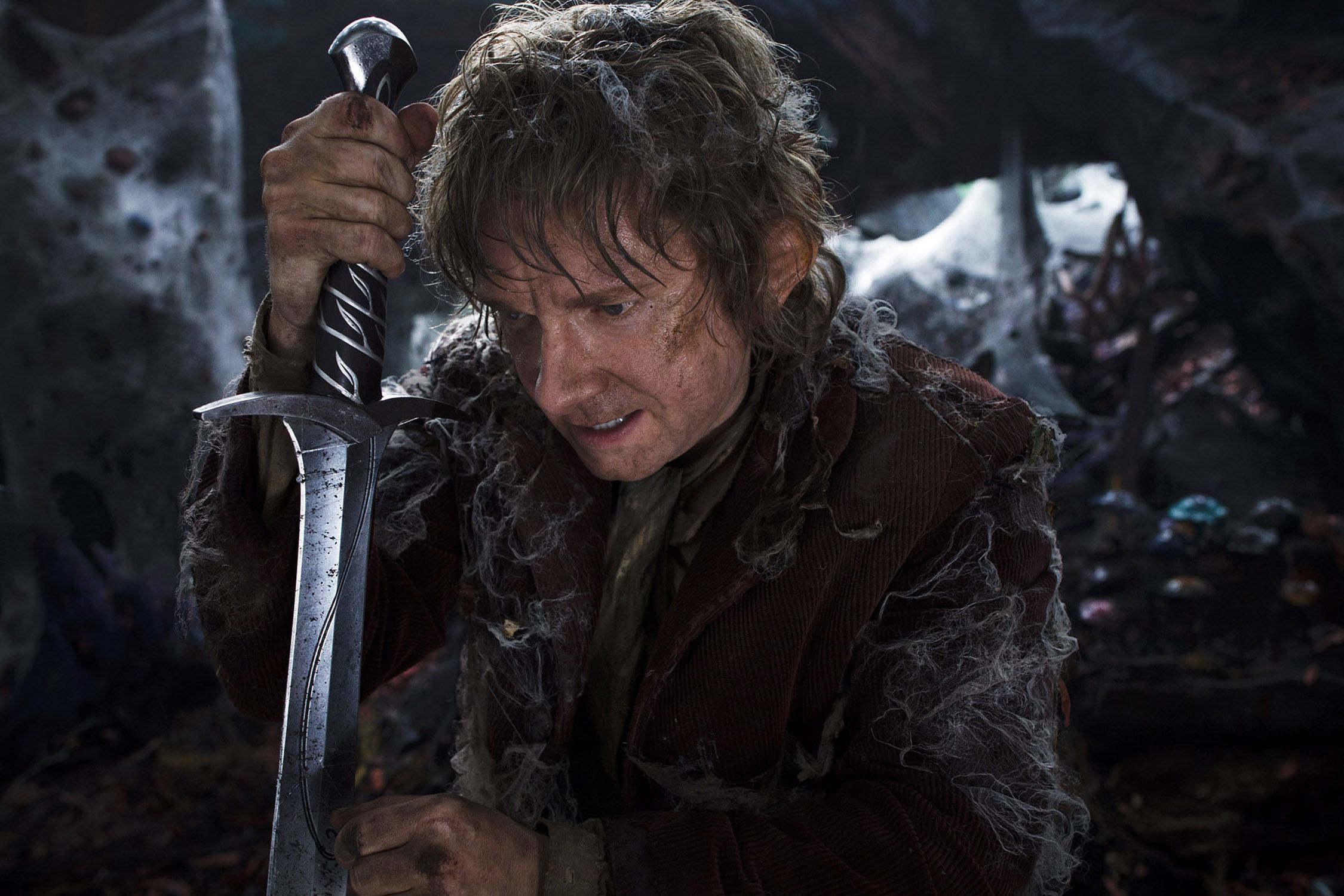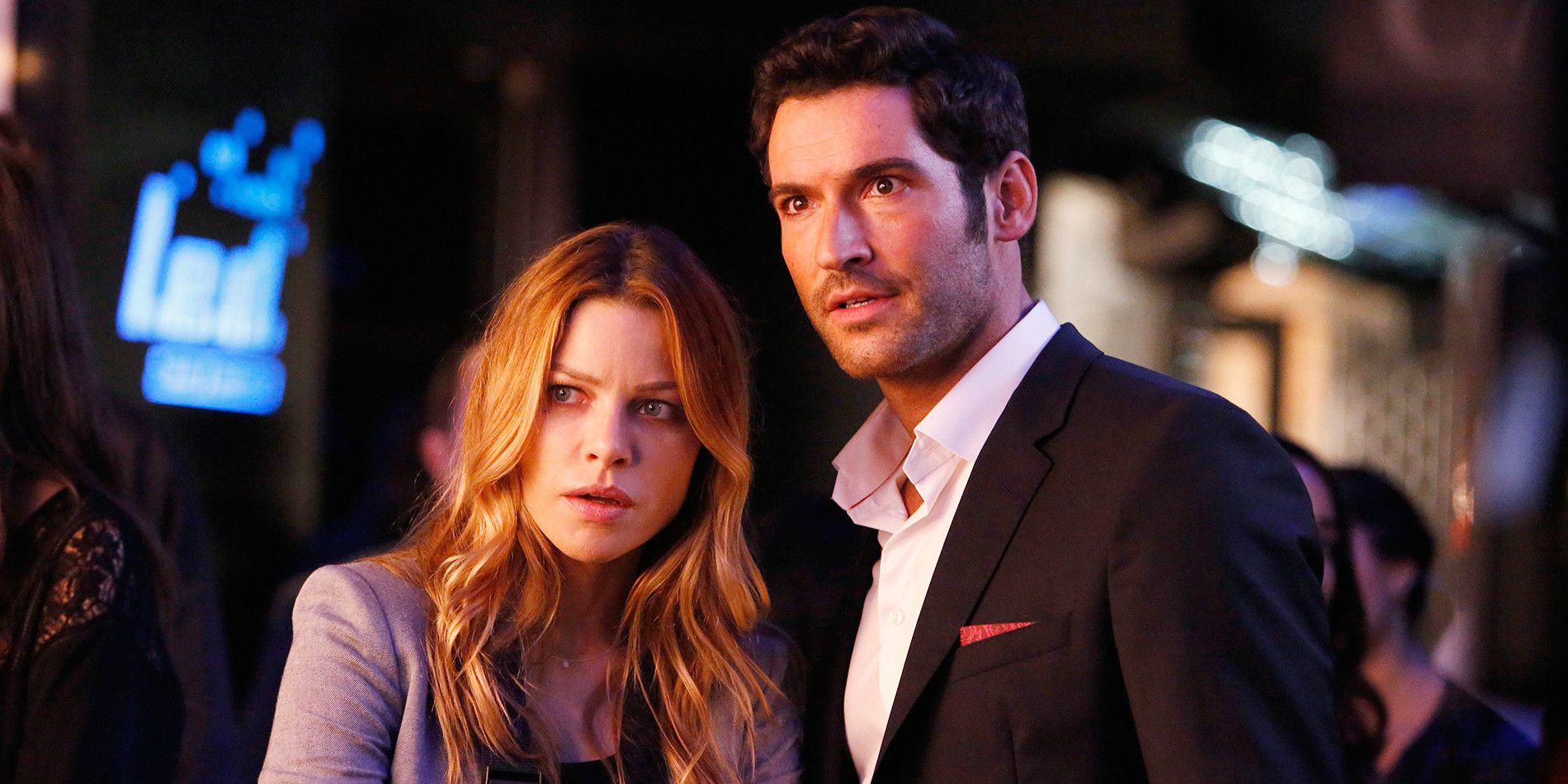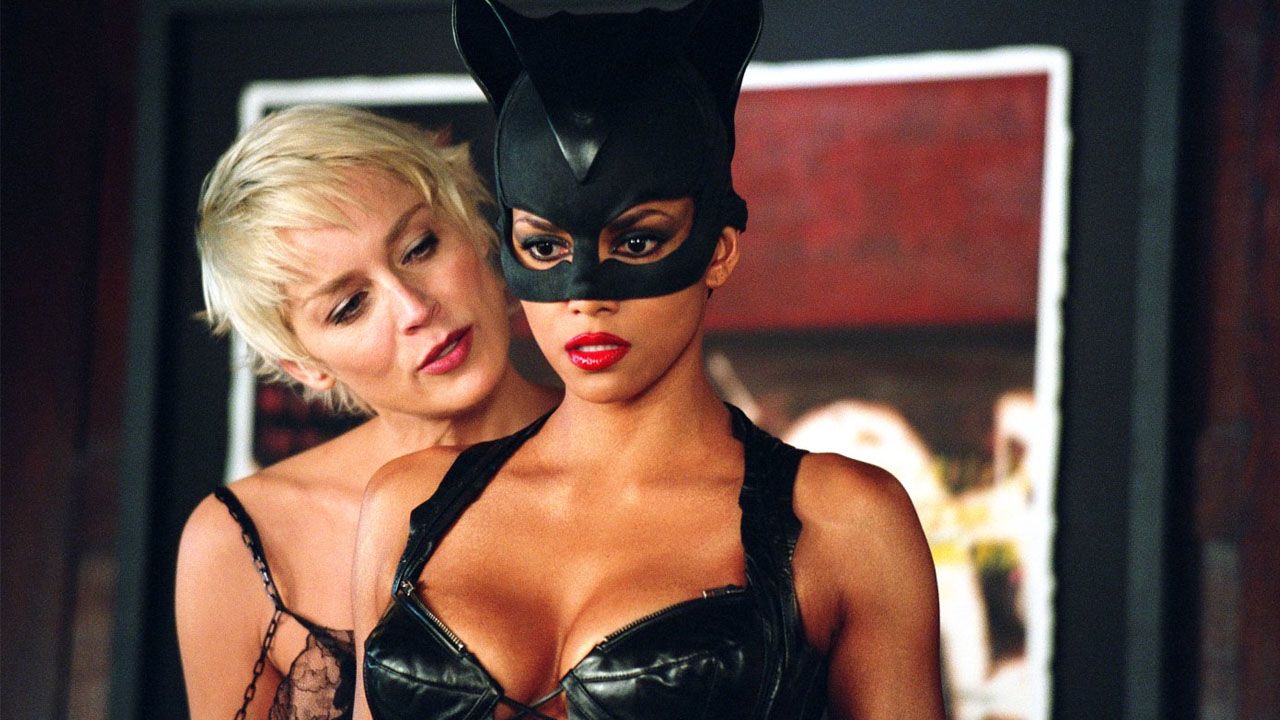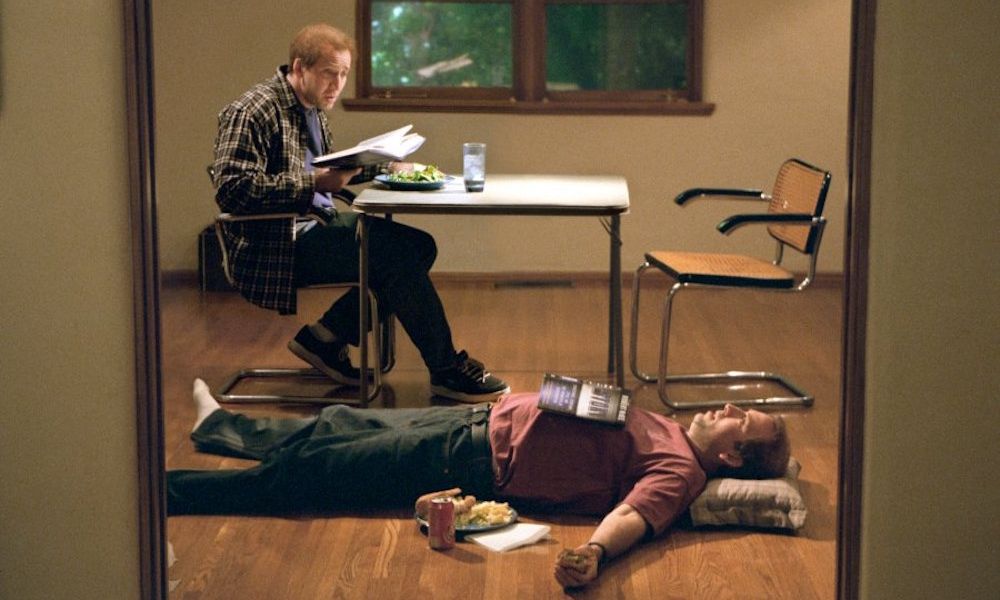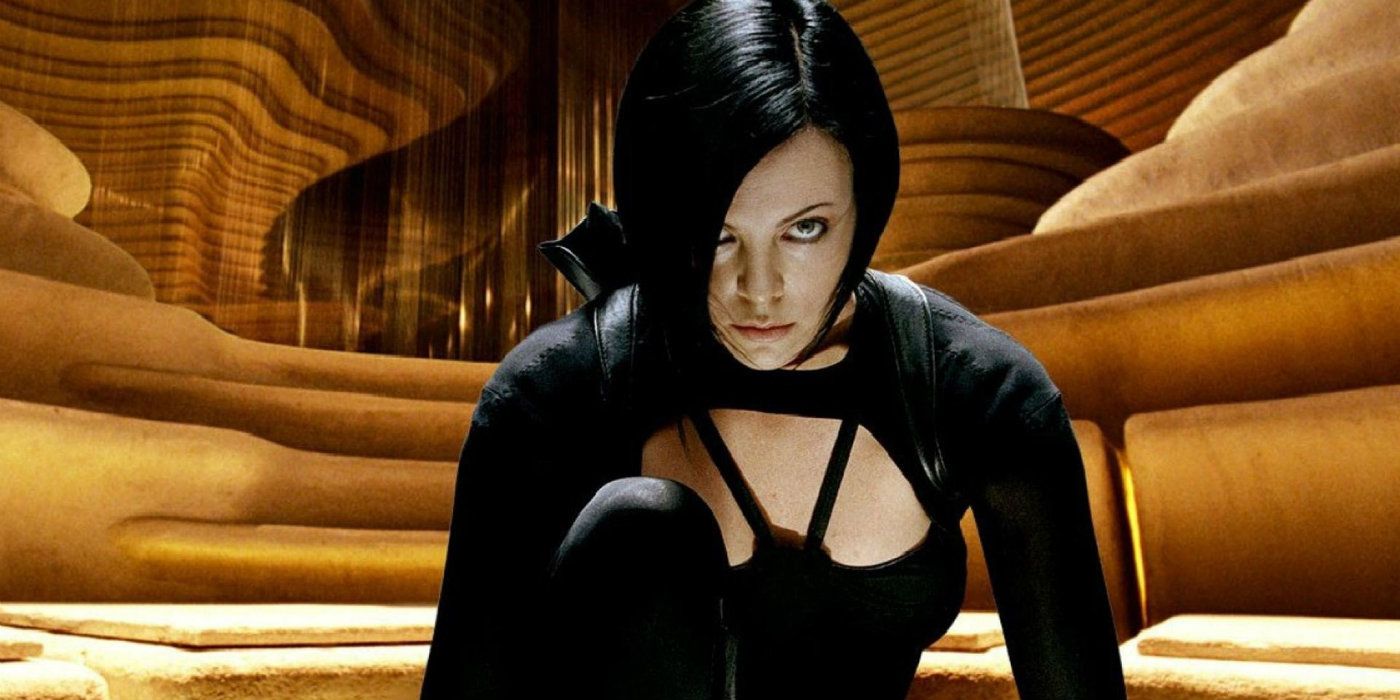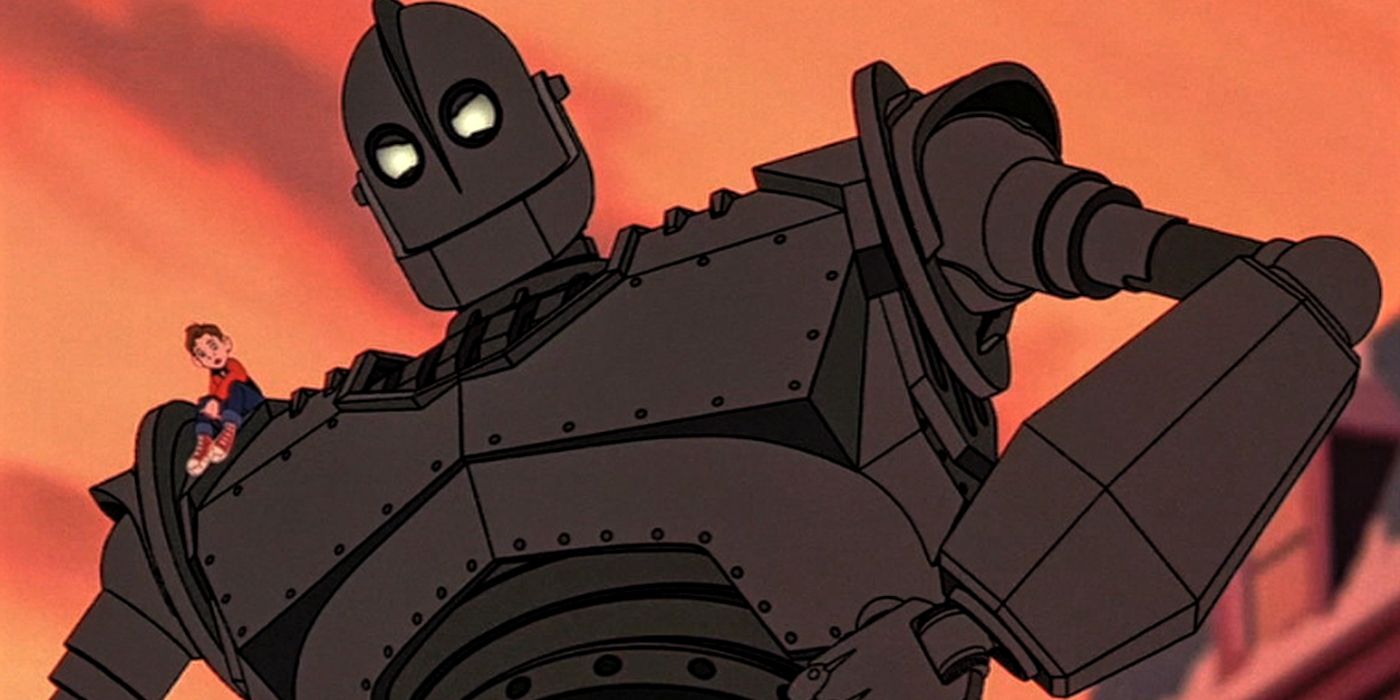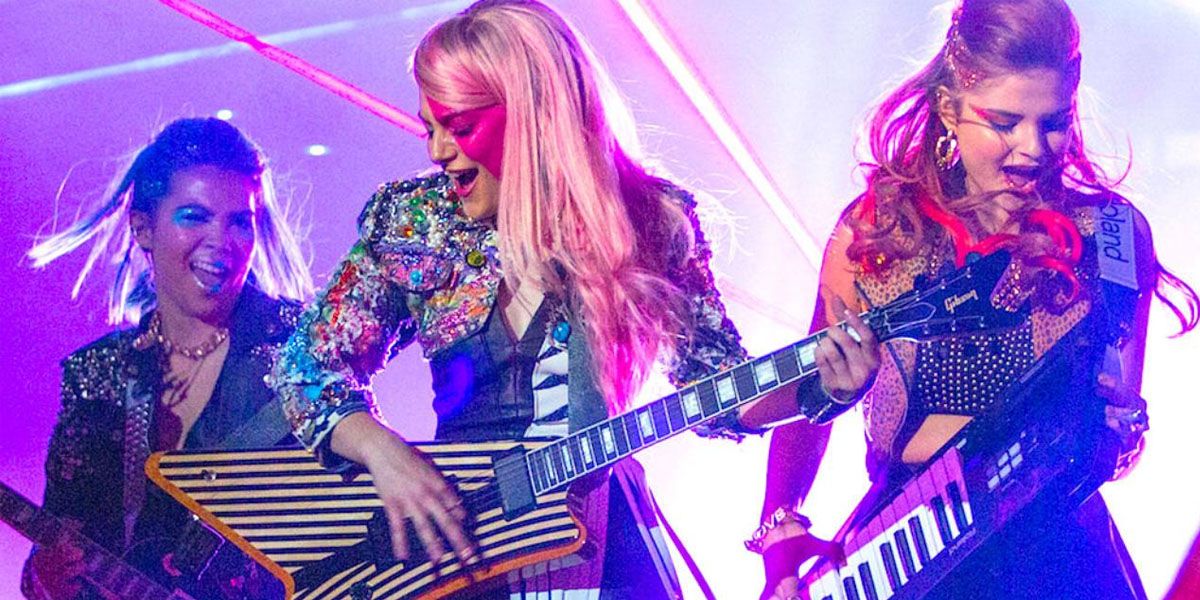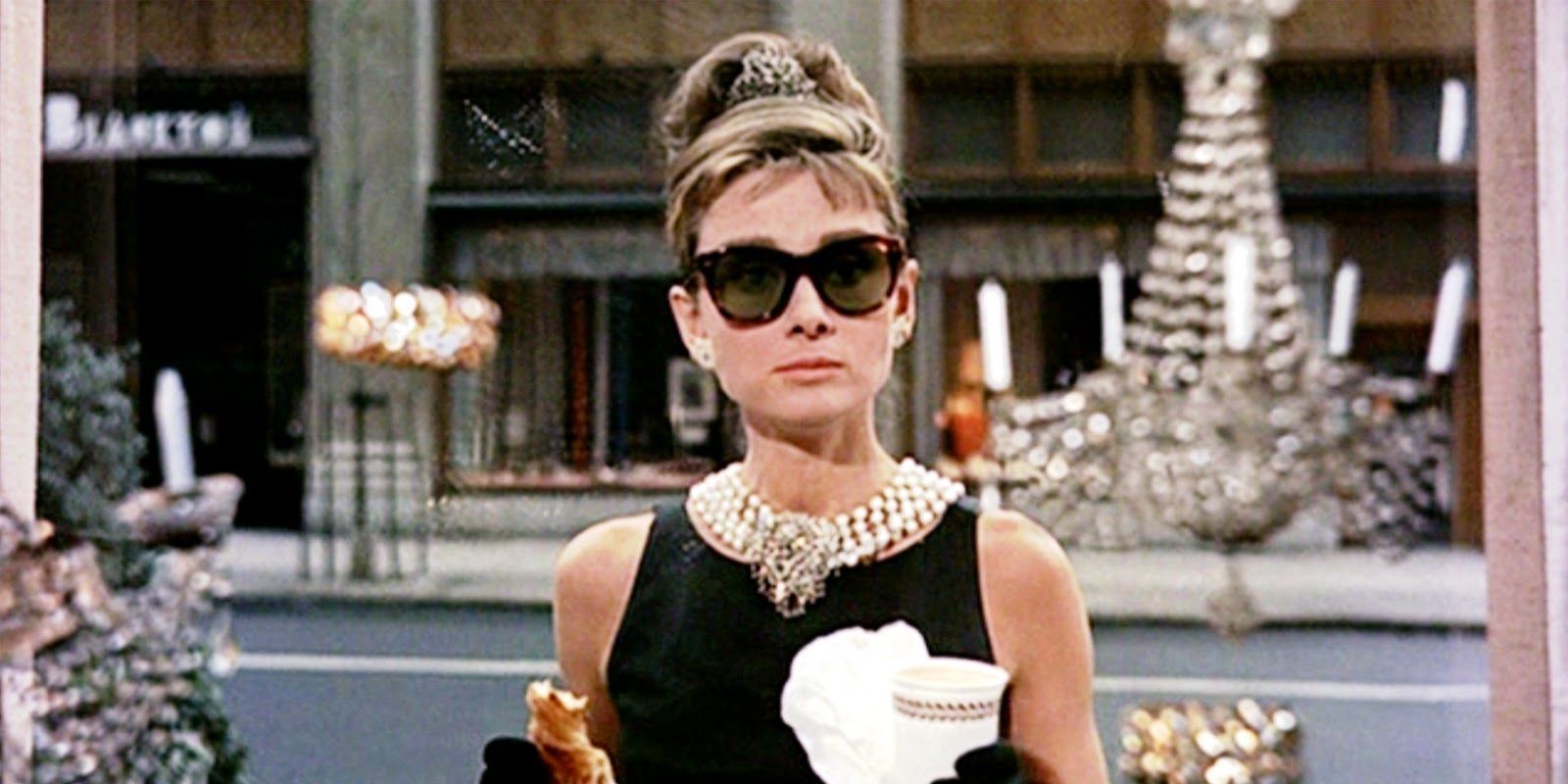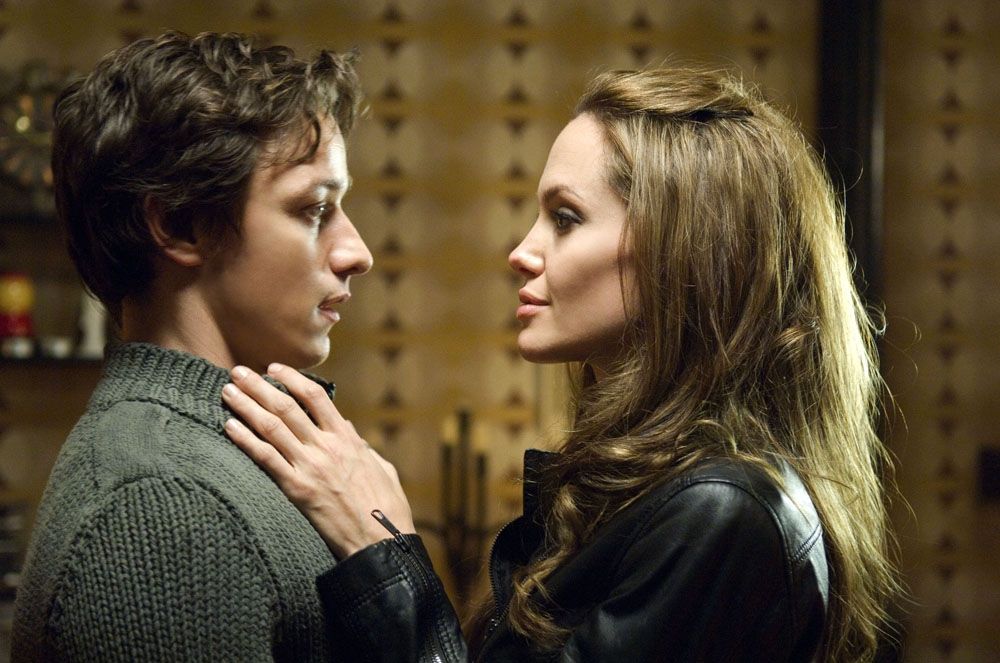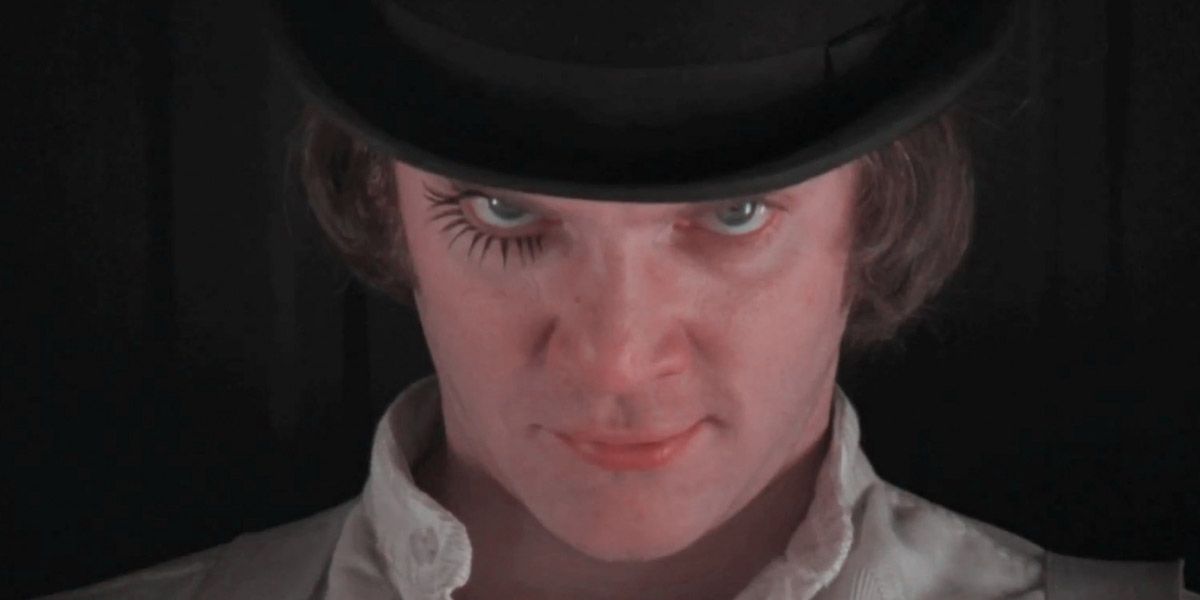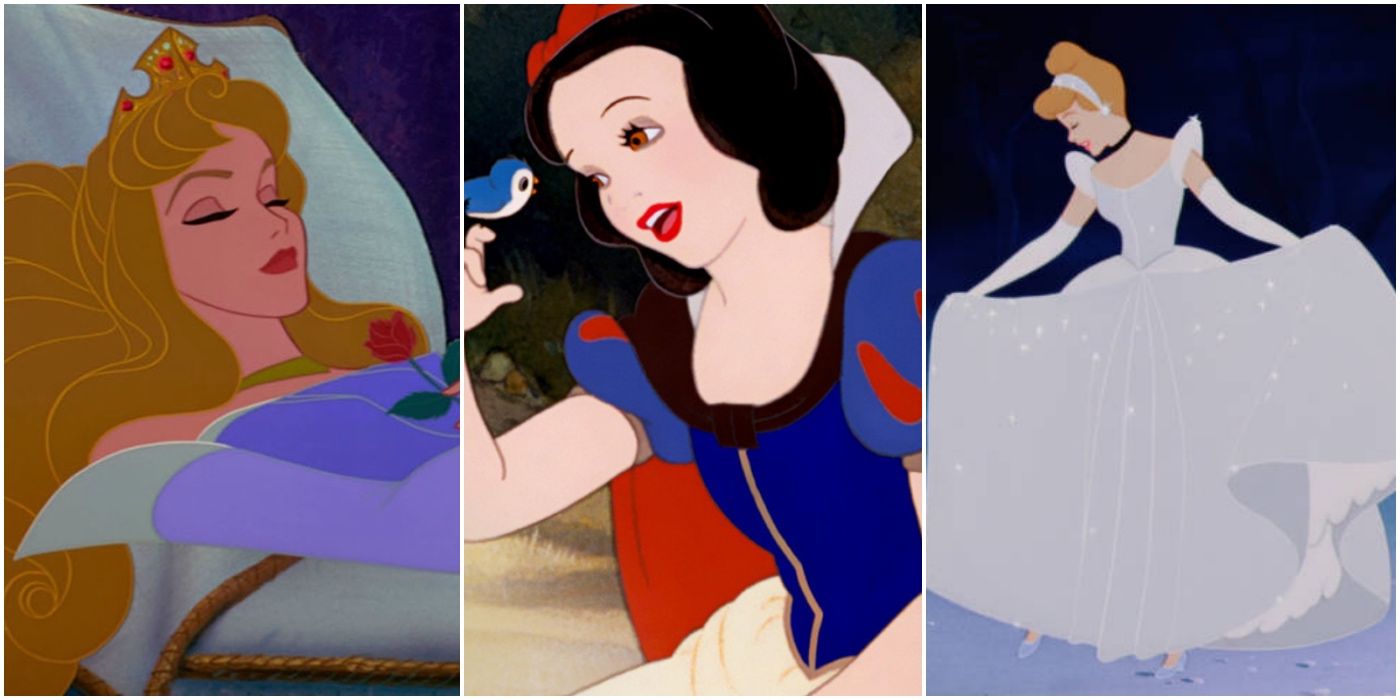When it comes to adaptations, change isn’t always a bad thing. We all love our favorite books, comics and cartoons, but that doesn’t necessarily mean that they would translate well to film. The thing is, altering the hallowed source material is actually okay, provided it is done right. Fans can be a nitpicky bunch, but most will not complain about changes that actually work.
Often, an out of the box adaptation is actually the best approach. It helps to differentiate the work from its predecessor, establishing it as its own entity. As much as we all want the movie or series to be faithful to its origins, a carbon copy comes off as just that. In most cases, capturing the spirit of the source material is more important than getting every little detail just right. Ultimately, fans just want the adaptation to be as good as the thing that inspired it, or at the very least, worthy of comparison.
This list is devoted to those adaptations that strove to do something completely different, whether it worked or not. Some of these movies or TV shows have become venerated classics, while others are definitely best left forgotten.
Here are 7 Terrible Adaptations That Changed Everything (And 8 That Are Amazing).
Amazing – Blade Runner
Sadly, much of Philip K. Dick’s success was achieved posthumously. He died mere months before the 1982 release of Ridley Scott’s masterpiece, and maintained little more than a cult readership throughout his career. However, Total Recall, Minority Report, A Scanner Darkly, and The Man in the High Castle, among others, can all be traced back to him.
Although Dick’s 1968 novel, Do Androids Dream of Electric Sheep, served as Blade Runner’s inspiration, there are few similarities between the two. The premise, a man hunting androids that are illegally hiding on Earth, is basically the same. Beyond that, there isn't much tying them together. In fact, the term “Blade Runner” doesn’t appear in the novel at all. That came from a 1979 novella by William S. Burroughs that began as a film treatment of an Alan E. Nourse book.
There are seven versions of Blade Runner, with 2007’s final cut widely considered the superior one. While the film borrows little from the book – even the messages at the heart of each differ – both are brilliant in their own ways. The long anticipated sequel, Blade Runner 2049, is currently in theaters.
Terrible – Constantine
Introduced in Alan Moore’s seminal run on Saga of the Swamp Thing in 1985, John Constantine is an incredibly complex character. He’s more than just some bloke in a trench coat and tie. He’s a mystical con man - a bisexual, chain-smoking enigma, who often makes poor choices, but somehow always manages to land on his feet. It’s one thing to change his hair color. Fans could’ve lived with that. The character’s nationality, on the other hand, is one of his most defining traits.
There was more wrong with the 2005 adaptation of Garth Ennis’s “Dangerous Habits” arc of Hellblazer than casting Keanu Reeves as the blond Brit, though. So much emphasis was placed on how unlikable he was that there was little to illustrate exactly why we should be rooting for him.
It’s not that the film is terrible, but calling it Constantine implies that the central character should at least be recognizable. Seriously, he quit smoking after tricking the devil into giving him a new set of lungs! The real Constantine would not approve.
Amazing – iZombie
Veronica Mars masterminds Rob Thomas and Diane Ruggiero-Wright basically changed everything about this Vertigo comic, created by Chris Roberson and Michael Allred. The supporting cast, and even the main character’s name and profession are all different.
Left intact is that she is a zombie, who needs to eat brains in order to remain a member of the living dead, as opposed to becoming part of the cast of Night of the Living Dead. Ingesting the grey matter she needs provides glimpses into the life of the person the brain originally belonged to. This enables her to solve their murders.
The TV series traded in the more supernatural elements for procedural ones. These changes are smart, and most importantly, they work. iZombie is one of the most inventive and enjoyable shows currently on the air, with excellent writing, a fantastic cast and clever whodunits.
The series manages to keep the comic’s essence intact, but has firmly established itself as its own entity. It’s too bad that for most people, the words “zombie TV show” can only mean one thing.
Terrible - The Hobbit
Peter Jackson’s Lord of the Rings trilogy is beloved, a smart adaptation that was remarkably similar to its source material. Sure, he made some changes – and not all of them worked – but for the most part, those films are spot on. No one can blame the auteur for wanting to recapture that glory by adapting another much-adored Tolkien novel, The Hobbit.
The Lord of the Rings is an epic story. Few believed Jackson would be able to faithfully bring it to the big screen. However, he did such a great job that fans were overjoyed to see him take a crack at The Hobbit.
The thing is, that book is on a much smaller scale and were it condensed into a single movie, it could’ve been equally impressive. Sadly, the story was stretched across three films, so overstuffed with pointless plot elements and overblown CGI that it was virtually unrecognizable.
Amazing – Lucifer
Neil Gaiman created this version of Lucifer in his incredible Sandman comic, but it was Mike Carey who really fleshed out the character in his equally great Lucifer series. He took Gaiman’s creation, and turned it into an unforgettable saga that cast Lucifer as both hero and villain of his own story. The main element the Fox series kept was the premise: sick of Hell, Lucifer abdicates his throne and instead chooses to run a nightclub in Los Angeles.
Upon hearing that Lucifer was going to be a procedural, many fans refused to even tune in. However, much like iZombie, the case of the week is a means of forward momentum for the series, but it’s hardly the point. Part of what makes Lucifer work is its star. Tom Ellis is every bit as funny, charming and well, devilish, as you’d want him to be.
The show’s foundation was a bit contrived, but now into its third season, Lucifer has really found its stride.
Terrible – Catwoman
Considering the fact that literally no part of Catwoman could even remotely be construed as related to the comic book character, it’s pretty strange that the studio still went with the name. By far the worst adaptation on this list, the 2004 movie was a train wreck with no redeeming qualities, save Halle Berry – too bad the Oscar-winning actress couldn’t save the movie.
Selina Kyle made her debut as the Cat in Batman #1 in 1940 and she has gone through a lot of changes over the years. Still, apparently in the character’s near eighty-year history, there was nothing that the filmmakers saw fit to draw on for the film.
Even star Halle Berry has admitted that Catwoman was an awful excuse for a movie: poor writing, bad acting, terrible action sequences, but the most egregious offense was Patience Phillips. From origin to personality to skill set, Patience and Selina shared nothing in common, which might’ve been okay, if this was actually a decent film.
Amazing – Adaptation
This Charlie Kaufman/Spike Jonze collaboration is certainly one of the most inspired adaptations ever attempted. Kaufman struggled in writing a screenplay based on Susan Orlean’s 1998 nonfiction work, The Orchid Thief, so instead he chose to make the script about his own experience of adapting the book. This unconventional take turned into a film as innovative as it is underrated.
Kaufman not only injected himself into the story, but also his fictional brother, Donald, whose name he put on the script along with his own. Orlean’s story is still very much a part of the film and Spike Jonze wove the two narratives together as only he could. Orlean herself was initially trepidatious about Kaufman’s approach, but came to love the film, which she felt ultimately remained true to the themes of her book.
Terrible - Aeon Flux
MTV used to be a very different animal. For one thing, the original programming on Music Television was, well, music. There were a few shows as well, such as the brilliant animation showcase, Liquid Television. It was this series that introduced the world to Aeon Flux. The story of this secret agent navigating her way through the treacherous waters of a dystopian future – and her relationship with her nemesis/lover, Trevor Goodchild, was like nothing else on TV.
In 2005, a film very loosely based on the beloved cartoon, starring Charlize Theron, hit theaters. Both fans and series creator, Peter Chung, hated the movie and with good reason. The film took an avant-garde series and turned it into standard Hollywood fare that lacked the stunning visuals, characterization and storytelling of the original.
The film’s director, Karyn Kusama, claims that the studio took the finished product out of her hands and basically reedited it into an entirely different movie. Not even Theron has kind words to say about what we wound up with.
Amazing – The Iron Giant
In 1968 British poet Ted Hughes wrote a book called The Iron Man (renamed The Iron Giant in the U.S.). His wife, Sylvia Plath, had committed suicide and the story was meant to comfort their children in the wake of her death. Hughes’s anti-war fable is very much a kids' book, a delightful story about a tractor-eating robot who saves the world from a dragon.
Brad Bird’s 1999 film adaptation didn’t do great at the box office, but has since become a modern classic. A robot forges a friendship with a young boy and winds up becoming a hero. This premise is where the similarities between the book and the movie end.
The film goes much deeper, both in developing the relationship between Hogarth and the titular giant, as well as exploring themes only briefly touched upon in the book. Interestingly, despite the fact that Bird’s film bore little resemblance to Hughes’s story, the writer had nothing but praise for the script – though he passed away before the movie was finished.
Terrible - Jem and the Holograms
For a cartoon based on a line of Hasbro dolls, Jem and the Holograms rocked pretty hard. Not only did it have a strong feminist message, but it also had some pretty awesome songs. However, the 2015 movie adaptation of the beloved series failed both thematically and musically, lacking every element that made the cartoon so great.
Sure, you can say that Synergy – Jem’s holograph projecting computer – wouldn’t translate well to film, but there’s kind of no point in adapting Jem and the Holograms without, you know, holograms. The series also took a story of female empowerment and turned it into a sanitized version of the corrosive effects of fame. Yawn. On top of all that, where were the Misfits? The dynamic between the two bands was a vital component of the original series.
The saddest thing the film was missing, however, was a strong female role model. Jerrica Benton, aka Jem, ran the Starlight House, a foster home for young girls. She also had to deal with her father’s death and wrest control of his company from the evil Eric Raymond. She wasn’t hoping to be signed by the biggest record label in town: she was running it! Where was that movie?
Amazing - Breakfast at Tiffany’s
Let’s get this out of the way: Mickey Rooney’s portrayal of Mr. Yunioshi is one of the most offensive performances of all time. It’s a painful reminder of a point when all roles – even minorities – went to white people. It’s also hardly the only change indicative of the times. However, although Breakfast at Tiffany’s does differ greatly from the source material, both are equally brilliant.
Truman Capote thought that Audrey Hepburn was all wrong for what has now become her most iconic role, Holly Golightly. Many of the events that transpire in his 1958 novel also happen in the 1961 film. However, the times are different, Holly’s profession is more explicitly stated in the book, and perhaps the biggest change, the sexual orientation of the narrator.
This is, again, another product of the times, as is the movie’s “happily ever after”, which implies that all Holly needed all along was the love of a good man. Although this alters the very essence of the character Capote created, this well-crafted, dazzling movie remains a classic.
Terrible – Wanted
If you read Mark Millar and J.G. Jones’s 2004 miniseries Wanted and then saw the 2008 film, not knowing that the two were related… you’d never realize that they were. That’s how little they share in common.
The movie may have been a fun, if mindless ride, but it didn’t bring anything new to the table. Millar and Jones definitely brought an original spin to their story and the movie, regardless of the differences between the two, needed to do at least that much in order to be comparable.
The film was a watered down version of Millar’s story. Yes, Wanted was fast paced, chock full of blood and guts, and exciting stunts, but the studio wanted the audience to like the protagonist. In the comic, no one learns a lesson, becomes a better or even likable person, and most importantly, none of them are trying to maintain balance in the world. They are just straight-up villains. This is one instance where you’ll definitely enjoy the movie more if you haven’t read the book first.
Amazing - A Clockwork Orange
Right up until the credits roll, A Clockwork Orange is a very faithful adaptation. Stanley Kubrick’s 1971 film brought Anthony Burgess’s 1962 novel to brilliant life, leaving intact everything -- except what the author was actually trying to say.
The title refers to applying cold mechanics to a living organism, as in, stifling free will by forcibly imposing morality. Both the book and movie agree that this doesn’t work. However, Burgess’s novel had a 21st chapter, which was left out of American editions until 1986. It was from this version that Kubrick made his movie.
When the film ends, we know that Alex will return to his murderous ways now that he has a choice in the matter, that he was “cured all right”. However, in the book’s final chapter, he does go back to that life… but then outgrows his love of ultraviolence altogether. So, while both indicate that you cannot make man good, the book implies that he can change, while the film pretty much promises that he never will.
None of this detracts from the movie, but which ending you prefer probably depends on how you feel about humanity.
Terrible – Death Note
Don’t worry, we’re not talking about the excellent anime adapted from the manga written by Tsugumi Ohba and illustrated by Takeshi Obata. Although Adam Wingard’s recent live-action Death Note movie ambitiously attempted to unfold Light’s story over the course of 100 minutes, it didn’t exactly pan out. Fans' anger over the decision to have a primarily white cast might’ve at least partially dissipated if they felt that the film did its origins justice. However, it was those very choices that made that basically impossible.
The setting and casting decisions removed much of the necessary context of the story. Light was significantly dumbed down, the romance was played up, and both rules and morality were largely discarded. Plus, the fact that it was a film made it pretty impossible to tell a story in any way comparable to the source material.
Amazing – Disney animated features
Fairy tales have a certain formula: there’s a damsel in distress, a handsome prince to rescue her, and most importantly, a happy ending. What many people don’t realize though, is how much of this was actually created by Disney movies.
The truth is, fairy tales weren’t always for children. Many of them began as stories passed down from one generation to another, often by women hoping to keep themselves entertained. The Brothers Grimm are often considered the source, but they merely collected these stories. In many cases, the tales were much darker before Jacob and Wilhelm got ahold of them, sometimes even featuring a heroine as opposed to a hero.
Although they may deviate considerably from the source material – whether it’s folktales or Shakespeare – and are responsible for the sanitation of stories that once featured a lot more sex, violence and death, they are also magical. Disney movies have shaped countless generations of kids and in the last decade, have even become a great deal more progressive. So, Ariel gets to keep her legs, Cinderella’s stepsisters get to keep their eyes, Jiminy Cricket gets to keep his life, and we all get a happily ever after.
---
How do you feel about these radical adaptations? Let us know in the comments!

